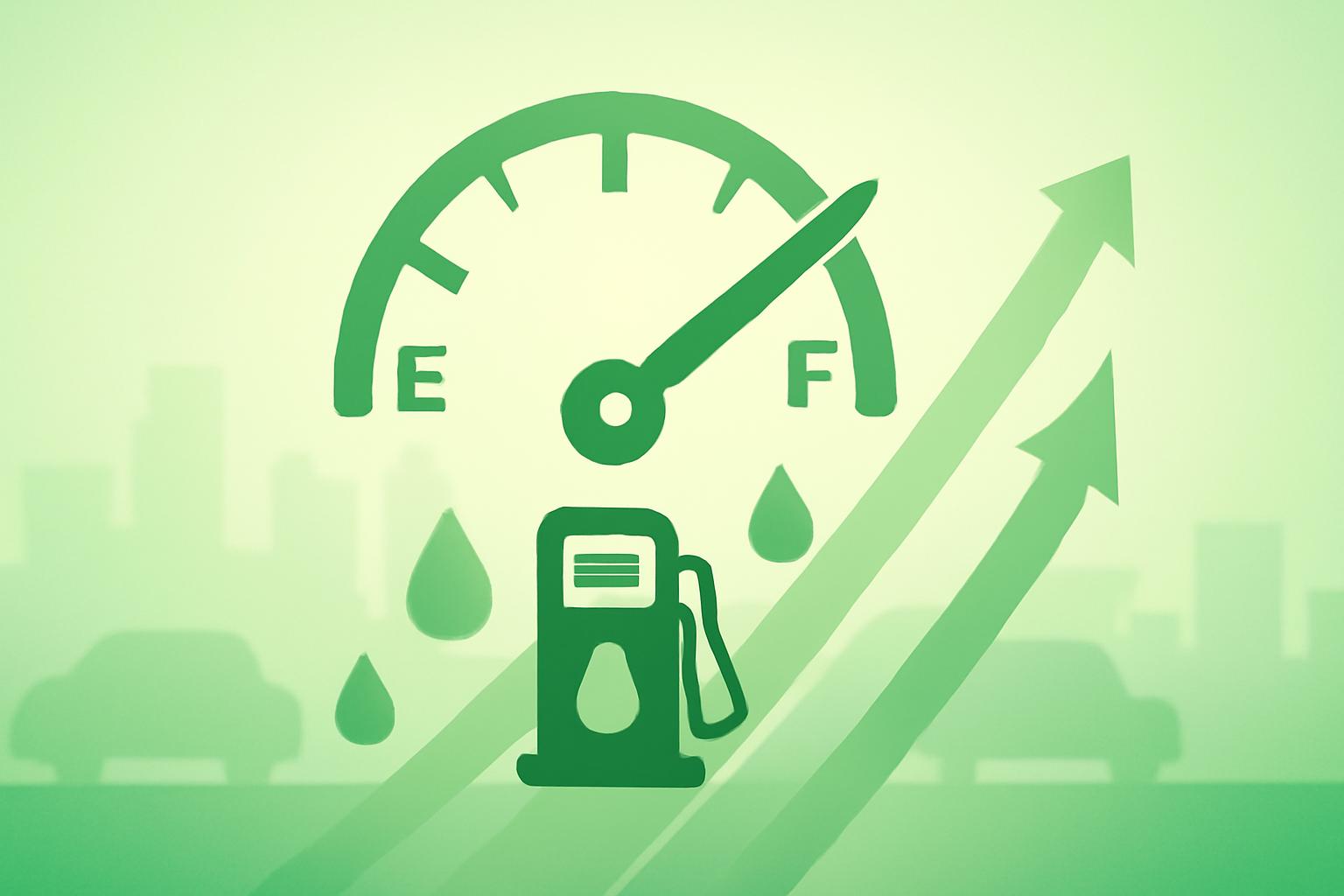Current Gas Prices and Outlook for Fall 2025
Gasoline prices in the United States have remained relatively stable amid broad inflationary pressures affecting most consumer goods. As of Monday, the national average price for a gallon of gas stood at $3.17, marking a slight two-cent decrease from the previous week, according to the U.S. Energy Information Administration. Looking ahead, experts anticipate a further decline in gas prices throughout the fall, potentially reaching the $3 per gallon mark in October. This forecast is supported by a combination of increased oil production, seasonal fuel changes, and recent monetary policy adjustments.
Key Factors Driving the Expected Price Decline
- OPEC+ Production Increases: Coordinated expansion of oil output by OPEC+ nations is adding supply to the market.
- Winter Gasoline Blend: Transitioning to a less expensive winter fuel blend reduces refining costs.
- Federal Reserve Interest Rate Cut: The recent rate reduction supports economic conditions favorable to lower fuel prices.
Patrick De Haan, head of petroleum analysis at GasBuddy, notes that the fourth quarter is poised to bring meaningful relief for motorists across most regions.
“For many Americans, the fourth quarter is going to hold a lot of promise for gas prices declining in many areas,” said De Haan.
Regional Variations: West Coast and Northeast Challenges
Despite the overall downward trend, certain regions have experienced recent price increases. The West Coast and Northeast have faced supply disruptions due to refinery maintenance, permanent shutdowns, and pipeline outages.
- West Coast: States such as California, Oregon, Washington, Nevada, and Arizona are contending with supply constraints from unplanned refinery maintenance and pipeline issues.
- Northeast: This region’s dependence on imported gasoline has contributed to price volatility and increases.
De Haan expects these supply bottlenecks to ease within six to eight weeks, allowing prices in these areas to realign with the national average.
“There will be probably more relief in the West Coast and the Northeastern U.S. over the next eight weeks than other regions,” De Haan commented.
Potential Risks to the Price Outlook
- Tariff Uncertainties: Ongoing trade tensions could disrupt supply chains and impact costs.
- Weather-Related Disruptions: Hurricanes and other adverse weather events may affect refinery operations and supply routes.
FinOracleAI — Market View
The upcoming fall season is shaping up to offer motorists across the U.S. tangible relief at the pump. This is driven by a combination of increased crude oil supply from OPEC+, seasonal shifts to cost-effective gasoline blends, and accommodative monetary policy following the Federal Reserve’s interest rate cut.
- Opportunities: Lower fuel costs could reduce transportation expenses and support consumer spending.
- Risks: Supply disruptions from refinery maintenance and weather events remain a concern.
- Regional Focus: West Coast and Northeast markets stand to benefit most from easing supply constraints.
- Market Sensitivity: Tariff developments and geopolitical factors could introduce volatility.
Impact: The anticipated decline in gas prices is likely to have a positive effect on consumer confidence and discretionary spending, particularly in regions currently experiencing elevated fuel costs.













